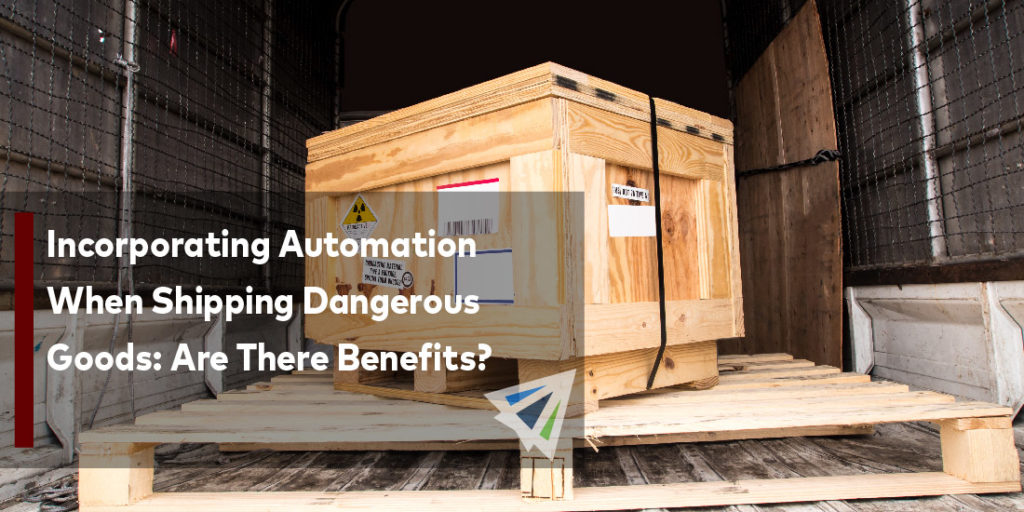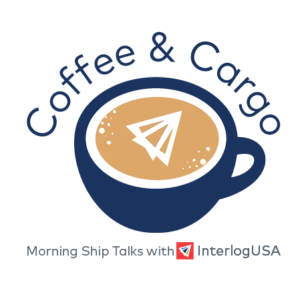Competitive Edge
March 23rd, 2022
Stay Current with Interlog’s Weekly Newsletter:
Sign up for our next Coffee & Cargo webinar –> CLICK HERE
To watch today’s webinar –-> CLICK HERE
Ocean Freight Market Update
Headlines
- Ocean Network Express (ONE) is expanding its current refrigerated container fleet by adding another 6,500 new reefer units, Seatrade Maritime reports.
- The US Department of Transportation last week awarded $38m to the Alabama State Port Authority (ASPA) to construct multi-modal transportation assets in Mobile, Alabama, Splash 24/7 reports.
- Per Container News, the Port of Los Angeles marked its busiest February on record by handling 857,764 TEU, which translates to a year-on-year increase of 7.3%
UPDATE: Notable U.S./Canada Port Congestion
- Vancouver: 60 Backlogged Vessels
- Houston: 56 Backlogged Vessels
- Los Angeles/Long Beach: 49 Backlogged Vessels
- Norfolk/Newport News: 42 Backlogged Vessels
- Charleston: 36 Backlogged Vessels
- New York/Newark: 25 Backlogged Vessels
- Note: This does not include port-bound vessels waiting at ports of origin
IMPORT: Asia to North America (TPEB)
Recent Developments:
- COVID-19 outbreaks continue to pose disruptions to production and trade activity for Shenzhen, Dongguan, and Shanghai.
- Ocean carriers are still determining the impacts and have not yet announced any blank sailings.
Rates: Rate levels remain elevated. Premium market remains strong.
Space: Space remains critical and is expected to stay tight.
Capacity/Equipment: Capacity remains severely under. Equipment deficits critical.
TIPS: Book at least 4 weeks prior to CRD. Strongly consider premium service and carrier IPIs through the PSW gateway. Be flexible as it comes to equipment and routing. Be in contact with suppliers to check up on any COVID-related developments that can affect production.
IMPORT: Europe to North America (TAWB)
Recent Developments:
- USEC port congestion has become more volatile with delays at all major ports and waiting times that range from three to 14 days.
- USWC ports, notably Long Beach/Los Angeles, remain heavily congested with wait times only slightly improving—still averaging around 35 days.
Rates: Rates levels remain high. Rates will increase as GRIs and PSSs announced for March and April.
Space: Space remains critical, especially for the USWC.
Capacity/Equipment: Capacity remains tight for both North Europe and Mediterranean services. Equipment availability at ports, however shortages remain at inland terminals.
TIPS: Book 5 or more weeks prior to CRD. Strongly consider premium service for higher reliability and no-roll guarantees.
EXPORT: North America to Asia
Recent Developments:
- Diminishing schedule integrity is contributing to void sailings, delays, vessel cut-offs at ports, and challenging post earliest return dates
- For USEC, Port of Savannah operations are seeing improvements, however port omissions continue to adversely affect both Charleston and Savannah ports.
- Vessel arrivals remain fluid for USWC POLs
- Rail availability for USWC has become limited with carriers firmly adhering to allocations
Rates: GRI activity (limited) announced for March and April with some carriers retracting original GRI proposals for April 1.
Capacity: Available capacity remains fluid for USWC POLs.
Equipment: IPI origins remain adversely affected by deficits on containers and chassis. Standard equipment availability has not been an issue, but special equipment remains elusive.
TIPS: Book 4 to 6 weeks prior to CRD to secure equipment and vessel space.
AIR FRIEGHT: United States
- Demand, specifically to central Europe, has increased with dwell times of four to six days.
- Rates to Latin America, Europe, and Asia have steadily increased.
TIPS: Book early considering the current dwell time at airports and reduced available capacity.
Did You Know:
The South Carolina Ports Authority have receded their plans to provide a timetable on when they plan to clear the 24+ vessels anchored outside the Port of Charleston – due to factors out of their control reports say.
If you are concerned about how this may impact you (or is already impacting you), please reach out to us, so we can see what options we can provide you!
Freight News
The lockdown in Shenzhen has ended
The lockdown in Shenzhen, China has ended (on March 20th), and Maersk is skipping calls on three sailings later this week. This comes after the Port imposed restrictions on cargo exports to limit congestion at the container yards in the western terminals, the Journal of Commerce (JOC) reported. In a detailed update to their customers, Maersk stated that they “foresee vessel waiting time to increase in Yantian and Chiwan” and because of the disruptions “several vessels will be omitting the ports of Yantian and Shekou in order to protect schedule reliability.” Trucking capacity throughout the lockdown in Shenzhen was a key concern for many. Trucking during the lockdown dealt with many inconveniences, including having to have a 24 hour nucleic acid test certificate to enter the operation area of the Shenzhen airport (SZX).
The carrier continued to tell the JOC that the average wait for vessels at the Yantian International Container Terminal (YICT) was three to four days, and the Shekou Container Terminal was showing an average wait time at five to seven days. Maersk is planning to delay cargo to later sailings in regards to the Chiwan sailings, and the cargo for the IA1 service will be handed over to the PH3 service that calls at South Korean ports.
What U.S. importers and exporters need to be aware of regarding the West Coast longshore labor talks
On July 1st, the current agreement between the International Longshore and Warehouse Union (ILWU) and Pacific Maritime Association (PMA) will expire. This is the first time both sides will take a seat at the bargaining table to figure out a new contract since 2014, with talks set to begin shortly – Supply Chain Brain reports. Back in 2019, the original contract from 2014/dragging into 2015, was set to expire. However, a three-year extension was put in place instead. Which leaves us to this current agreement set to expire shortly.
Automation appears to be the biggest issue for the potential of disagreement, along with pay. Currently, automation is in place at just three of the 13 container terminals at the LA/LB ports, with plans for fourth, reports Supply Chain Brain. If more automation is put into place, many workers at the port fear that automation will drastically impact their jobs. One experts says the longshore union could stand to lose between 40% and 90% of its membership if terminals are allowed to realize the full potential of automation, says Supply Chain Brain.
Interlog will continue to keep you updated regarding this situation but should you have any questions or concerns, please reach out to us at [email protected]
Blog Of The Week

Incorporating Automation When Shipping Dangerous Goods: Are There Benefits?
Watch This Month's Webinar:

In today's webinar we discussed the aftermath of the delays in China, current port conditions, CP railway strike & labor contract strikes, current events, plus a Q&A with our experts!
Sign up for our
industry answers
Our team works to provide valuable, unique, and relevant content to assist you in finding solutions. Sign up now.